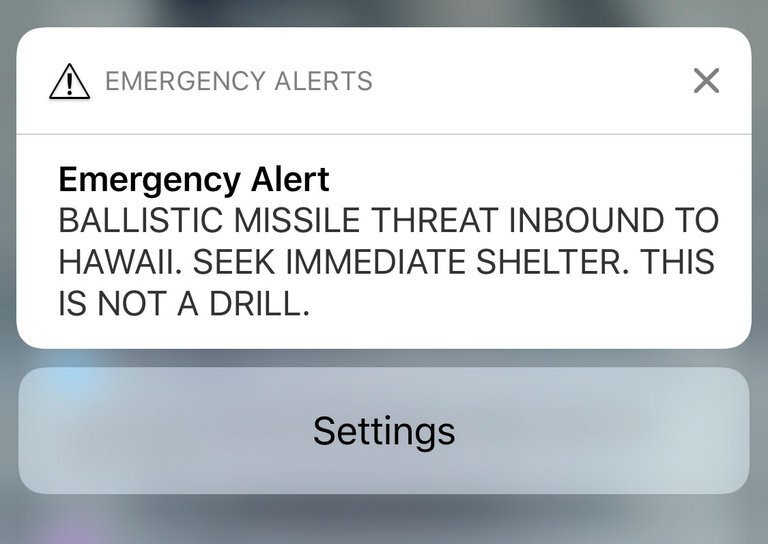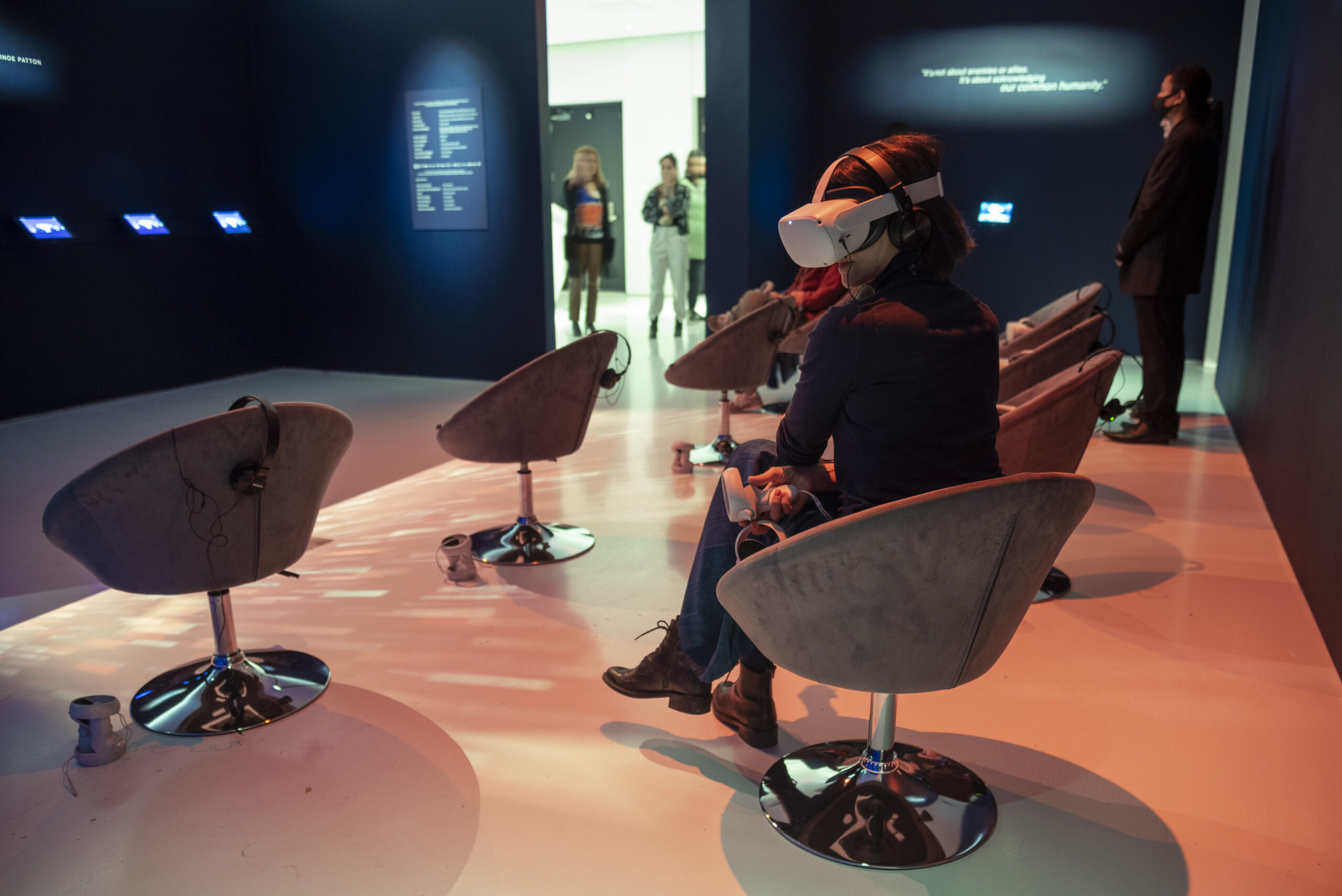On the Morning You Wake
Can art change our minds? (Or our behavior or our politics, for that matter?) On the Morning You Wake (to the end of the world) is a virtual reality experience attempting to do exactly that.

When people think of virtual reality and nuclear weapons, they might think of nuclear bomb simulators and Fallout-style wastelands. But this nuclear experience starts with a Hawai’ian beach sunrise.
In January 2018, a text message from the state warned Hawai’ians of an incoming nuclear attack. It set off 38 minutes of panic before authorities confirmed it was a false alarm.
When you put on the headset and enter On the Morning you Wake, you hear the voices of Hawai’ians describing their memories of those 38 minutes. You hear from a Hiroshima survivor, explaining her experiences in World War II. With every scene change, Hawai’i’s natural beauty fragments and dissolves, leaving only darkness.
The experience, as intended, feels all too real.
On the Morning You Wake hopes to bring the reality of nuclear threats home. This way, virtual reality can provide new perspectives on political and social issues. A shift in perspective can lead to different decisions, which can change our world.
As long as these weapons exist, we are all one text message away from coming face to face with the bomb.
On the Morning You Wake is yet another reminder that abolishing nuclear weapons is critical to our safety and security. Every day we don’t, we accept the risk that, sooner or later, by accident or on purpose, they will be used.
But unless you have personal control over a nuclear arsenal (and you probably don’t), this can feel very abstract. You may feel helpless.
Together, we can change that. Join the movement to abolish nuclear weapons.

On the Morning You Wake tries to undo decades of forgetting. It aims to create a deeper, personal awareness of the threat of nuclear weapons. It’s a tool that can help make sense of the contradictions of a world with nuclear weapons. And it highlights the need for collective action to abolish them.